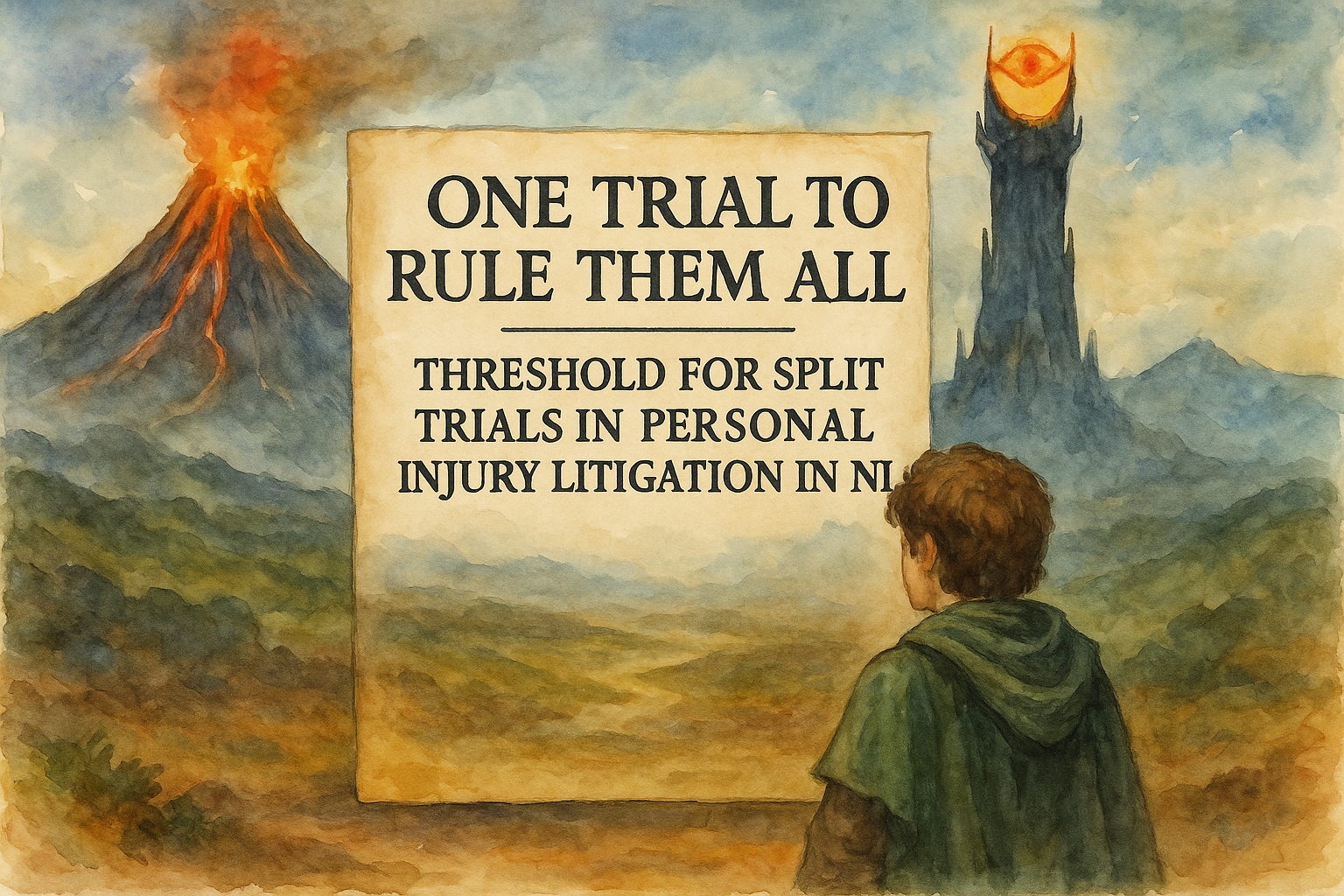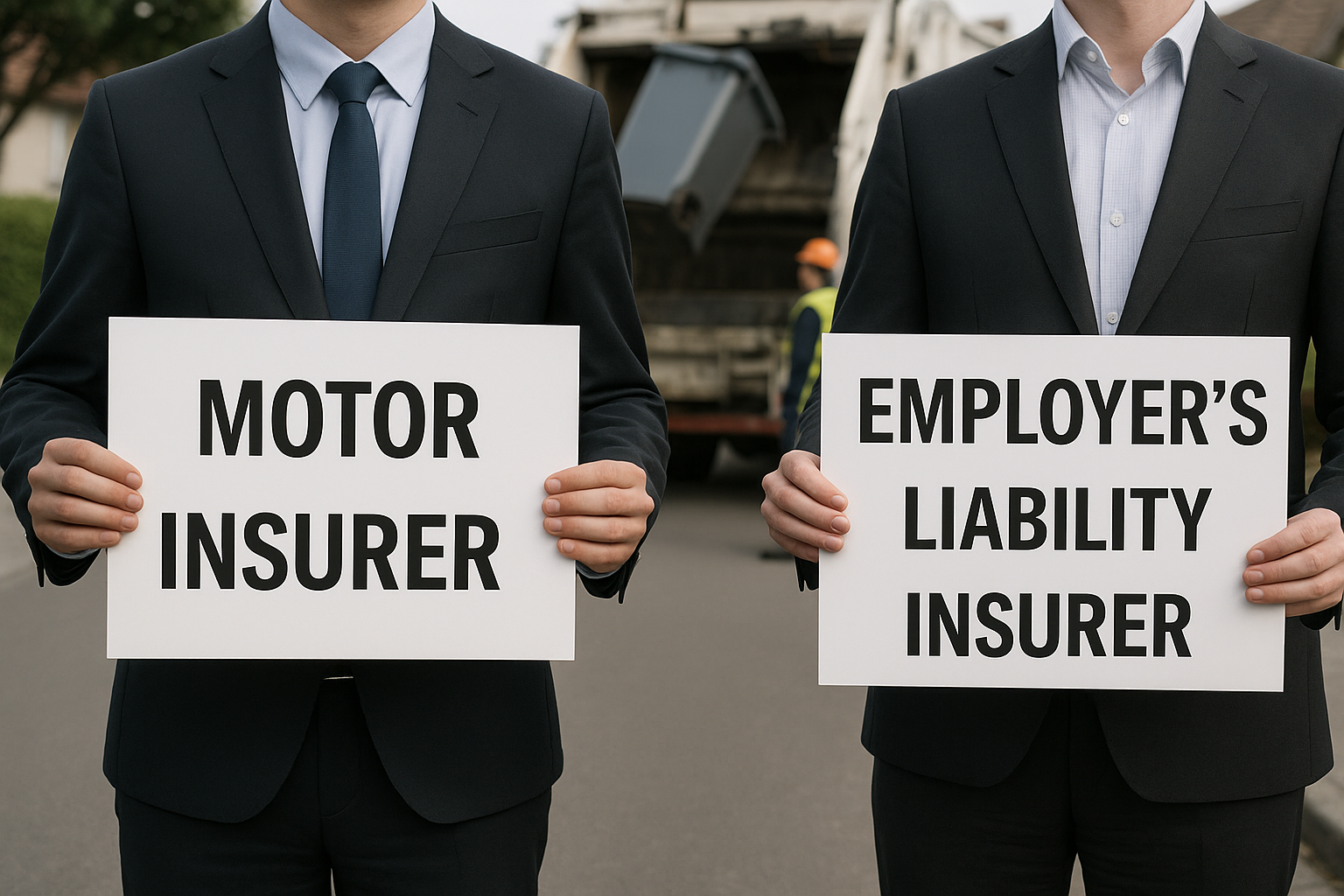The Central Bank of Ireland’s National Claims Information Database (NCID) mid-year 2024 report provides a comprehensive overview of trends in motor insurance claims across Ireland. For insurers and legal professionals, particularly those involved in insurance defence litigation, the findings offer timely insights into emerging risks, cost drivers, and the ever trending impact of the Personal Injuries Guidelines.
At Lacey Solicitors, with offices in Dublin and Belfast, we specialise in defending insurers and self-insured entities in personal injury and motor liability claims. This article outlines the key takeaways from the NCID report and recent policy developments that may significantly affect the claims environment.
Damage Claims Are Surging—And Fast
Our office is at the fore of reporting on the increase in material damage claims in Ireland particularly the growth of Credit Hire claims in Ireland.
It is not surprising to us therefore that one of the findings in this year’s report is the significant increase in damage claims. Compared to the pre-COVID average (2015–2019), the total cost of damage claims has jumped by a staggering 179%. That’s an extra €148 million in just six months.
Quantum and the value of the claims are not the only issue but actually the volume of damage claims settled in H1 2024 was 32% higher than the pre-pandemic average, with over 73,000 claims—more than in any previous half-year period. These claims now account for 56% of total claim costs, up from just 28% a few years ago.
For insurers, this shift means that damage claims—once seen as relatively straightforward—now carry significant financial weight. Our office is regularly providing training to insurers in Ireland and even those without a presence in Ireland that these claims deserve the same strategic attention as injury cases, particularly bearing in mind the fact that Credit Hire litigation is in it’s infancy in Ireland.
Clearly, given their nature, material damage claims do not require any authorisaion from IRB and so litigation and the costs associated with litigation remains the main recourse for material damage claims.
Injury Claims: Still Costly, Still Complex
While damage claims are rising, injury claims remain a major part of the picture. In H1 2024, around 4,700 injury claims were settled, with an average cost of €38,553. Although this is slightly down from previous years, large claims (those over €100,000.00) continue to drive costs, making up 45% of total injury claim expenditure.
Litigation remains the dominant route for resolving injury claims, accounting for 72% of total injury claim costs. These cases also take the longest to settle—on average, five years—highlighting the need for long-term planning and robust defence strategies.
The Personal Injuries Guidelines: A Turning Point?
Since their introduction in 2021, the Personal Injuries Guidelines have brought down the cost of injury awards. In H1 2024, 75% of all claims—and nearly half of litigated claims—were settled under the Guidelines.
Compared to 2020, the reductions are significant:
- Direct settlements before the Injuries Resolution Board (IRB) are down 37%.
- IRB settlements are down 8%.
- Direct settlements after the IRB are down 23%.
- Litigated claims under €100,000 settled within five years are down 25% in compensation and 12% in total cost.
However, this progress may be short-lived. Minister for Justice Jim O’Callaghan has now publicly expressed his support for an increase in the scale of personal injury awards and is due to bring a proposal to Cabinet next week to raise personal injury awards by 17 per cent on the back of a recommendation from the Judicial Council. The Alliance for Insurance Reform has warned that this move “couldn’t come at a worse time” for policyholders, who are already facing rising premiums. If implemented, they say this change could reverse much of the cost-saving progress made under the Guidelines.
Seperately we must always be cognisant of the fact that the IRB was introduced initially as PIAB to offer a faster, more efficient alternative to litigation. But the data tells a different story. In H1 2024, only 17% of injury claims were settled through the Board. That’s a modest increase from 2022, but still far below expectations.
More concerning is the fact that the Board is increasingly handling more complex and severe injuries, which it was never designed to assess. According to its own reporting, the proportion of moderate to severe injuries assessed by the Board has jumped from 14% in 2022 to 20% in 2024. This shift undermines the Board’s role as a fast-track resolution body and raises serious questions about its long-term viability.
What This Means for Insurers dealing with Motor Claims in Ireland
The NCID report—and the broader policy context—highlight a few key takeaways for insurers and their legal advisers:
- Damage claims are no longer low-risk. Their volume and cost now rival, and in some cases exceed, injury claims.
- Injury claims remain complex, especially those involving litigation or high-value awards.
- The Personal Injuries Guidelines have delivered real savings, but those gains may be under threat.
- Legal costs, particularly in litigated cases, continue to be a major factor in overall claim expenses.
At Lacey Solicitors, we help insurers navigate these challenges with practical, data-informed advice. Whether it’s defending a high-value injury claim or advising on trends in material damage litigation, our teams in Dublin and Belfast are here to support you.
Contact Lacey Solicitors
If you are an insurer or claims handler seeking expert legal advice on motor insurance claims, contact Lacey Solicitors today. Our dedicated insurance defence teams in Dublin and Belfast are here to support you with strategic litigation, claims resolution, and regulatory compliance.

















